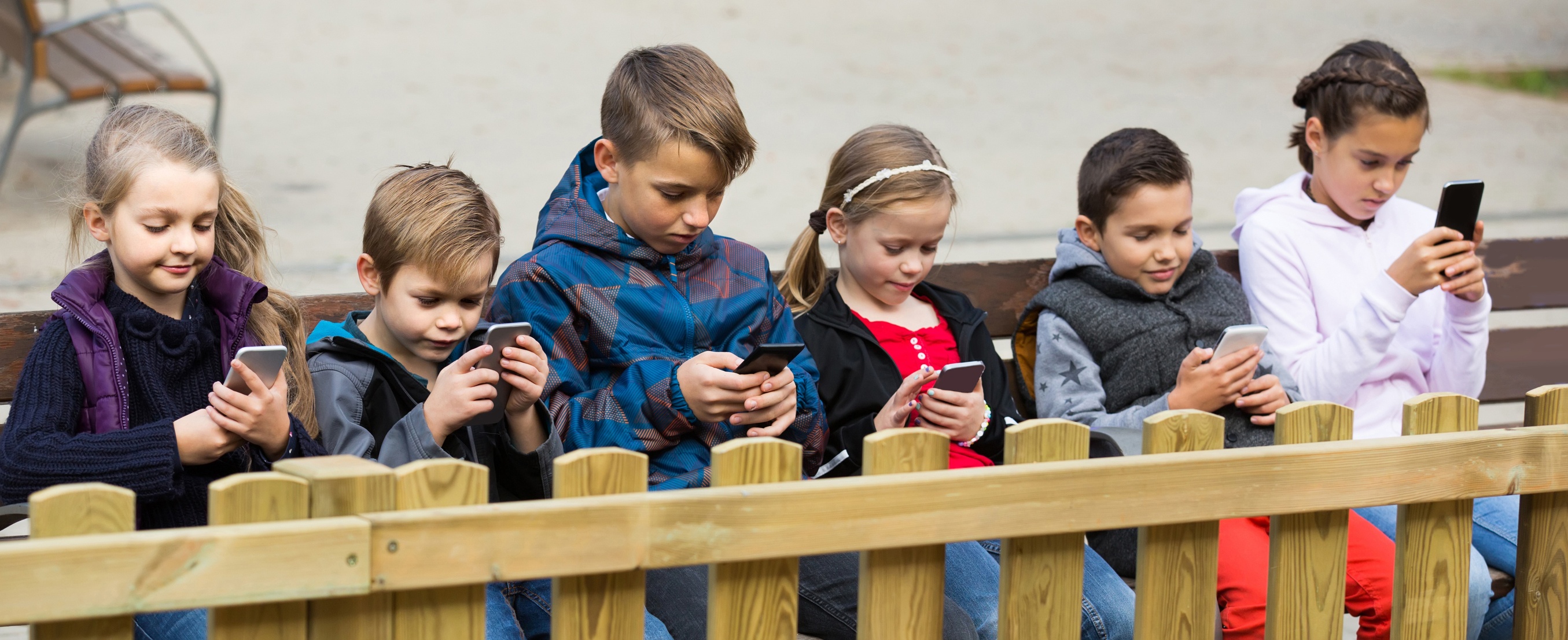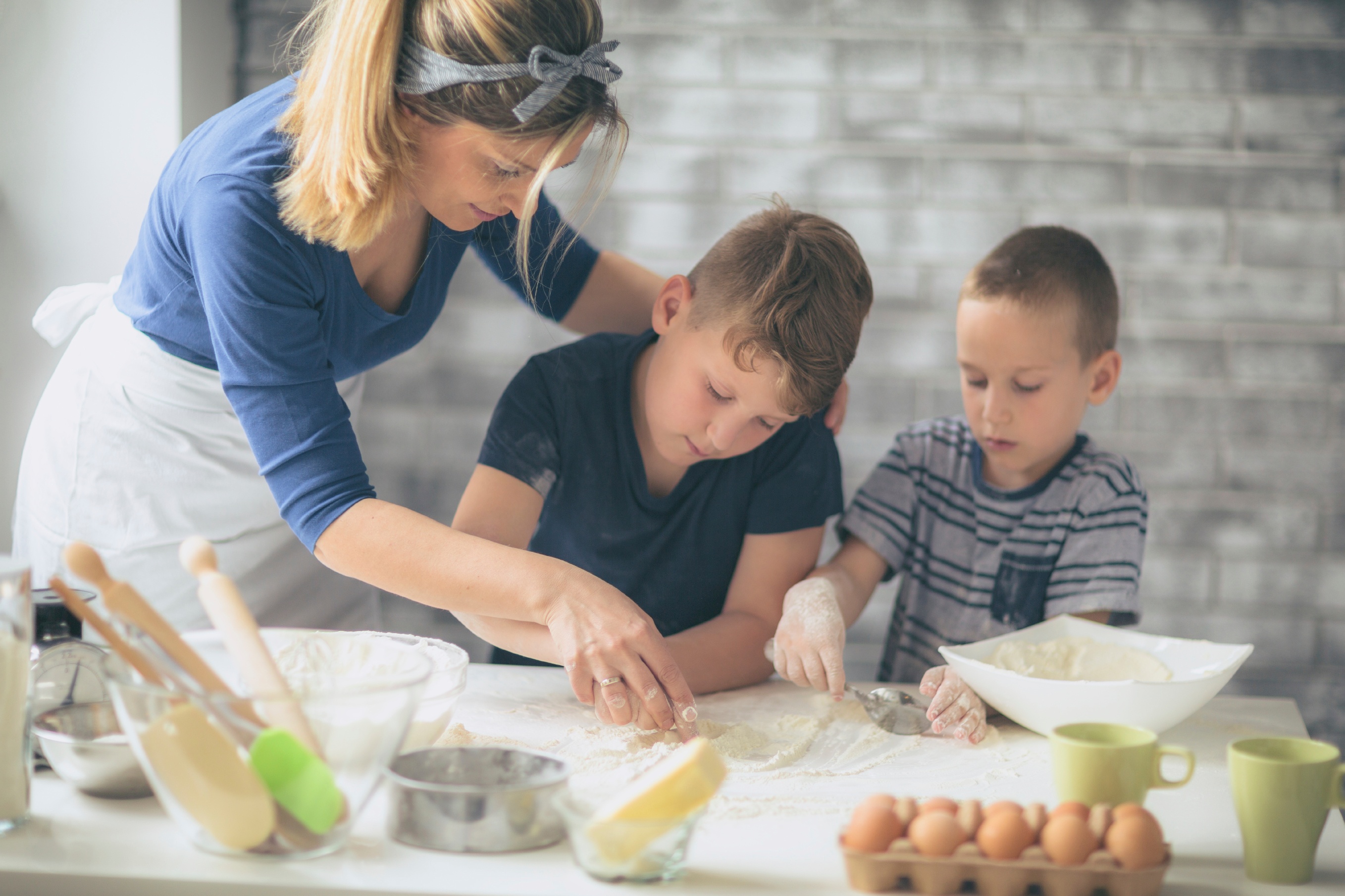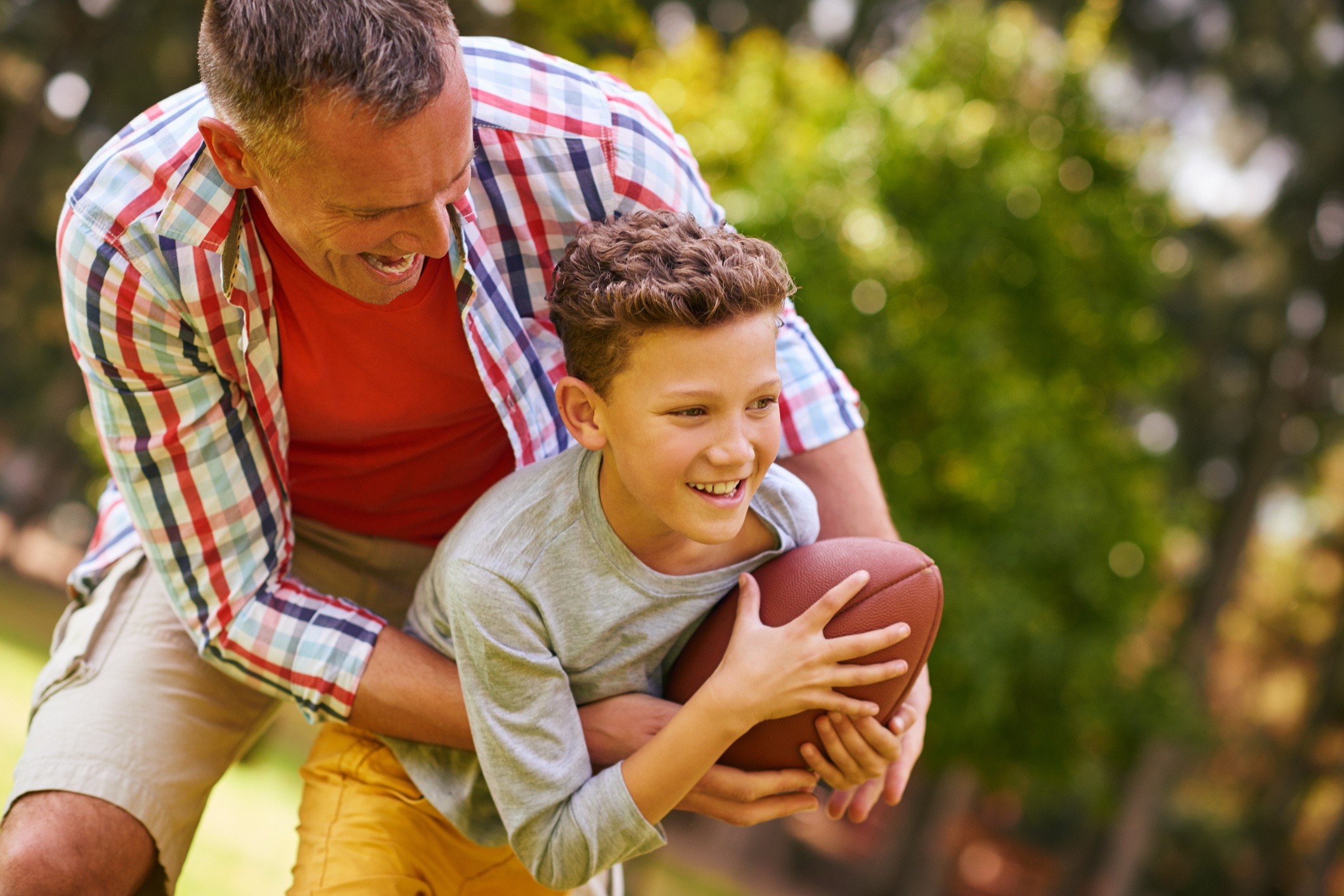The term "social media" did not even exist in mainstream culture when I had my first son in 2004. My mother and I still wrote snail-mail and email letters back and forth and talked on the phone. That is how I kept in contact with all my out-of-town loved ones, and as for my in-town peeps, it was face-to-face get-togethers and phone calls with occasional emails to coordinate plans that involved more than a few of us.
Going back a bit further, the social currency for young people in my era was notes written during class and passed in the halls, phone calls, and chat gatherings in the corners of the gym, hallways, local parks, and individual homes.
Estimated reading time: 5 minutes
The New Social Currency for Teens Is Social Media
Now, my son doesn’t write notes to his friends during class, and he detests having to make phone calls. His preferred method of connection is face-to-face, but if coordinating and talking outside of f2f situations has to be done, social media is his currency of choice.
In response to a recent study "Social Media, Social Life: Teens Reveal Their Experiences" (2018) done by Common Sense Media, Author Aija Mayrock had this to say:
“Here is the truth: Social media is social currency for young people. It is a portal to potential and possibilities, even for people who feel hopeless, uninspired, scared, and alone.”
~excerpt from The Survival Guide to Bullying: Written by a Teen
Ms. Mayrock is correct; social media is the social currency for young people. According to Common Sense Media’s study, in 2012 the social media platform of choice was Facebook, and in 2018 it has been Snapchat so far followed closely by Instagram. And surprisingly in 2012, social media was second to face-to-face interactions with peers, but as of 2018, social media (well, texting to be specific) actually surpassed face-to-face!
Surpassed face to face??? No way! Yes-way.
Related reading: "Screens and Teens—Why Do Teens Love Screens So Much?"

Social media IN. Face-to-face OUT
Could face-to-face encounters and conversations really be out? Honestly, no one can predict the future because if we could, we would all have bought Facebook stock in 2007 and then Snapchat in 2016. That aside, as much as online working, dating, and interacting are growing in our modern culture, intimate relationships, family units, brick-and-mortar work establishments, tourism and service industry jobs and activities, athletics, clubs, hobbies, and building physical infrastructure still involve mostly face-to-face interaction.
I truly do not believe face-to-face contact will ever go away, but I do think we could lose some face-to-face skills as our casual and nonphysical intimate relationships move online. The youth today hold a lot of knowledge and skills, but face-to-face skills—or also referred to as people skills—are predominantly in the hands of the older generations. So…
What do we as parents, grandparents, and adults who interact with youth do?
It means we do the same thing that is most often needed to invoke change: We get involved. 
But what does being involved look like?
Involvement looks like empathizing with, learning about, and supporting rather than judging our children’s social currency. Involvement looks like remembering social media is fulfilling the emotional needs of our children.
Social media allows them to feel connected, even if the relationships are often unreal, such as with following influencers. Is their attention on screens empowering or disempowering? Do they feel important, valuable, and loved OR do they feel drained by the comparisons they're drawing after getting off of Instagram, Tiktok, or Facebook?
Get involved as a parent. Keep reading for ideas and different perspectives on how to stay involved and build a stronger connection with your teenager.
Dive deeper: watch a video on how social media is shaping our brains
by Daniel Siegel.
Ways to Stay Connected to Each Other, Not Just Technology
Familiarize yourself with technology and utilize it for connection!
Get on the social media apps yourself and learn what the buzz is about.
- Friend your child so you can follow their feeds and see what they are posting and commenting on.
- Review the content on social media that is available.
- Research and apply active filters to flag and control inappropriate content.
- Discern the quality of followers, especially for your children. How does a user follow others and who are they followed by? What are their posts and accompanying comments?
- Learn how to place restrictions on accounts for safety or privacy.
- For younger teens, tweens, or children, share a screen. Have them put an app on your phone or tablet so they can have a connection with friends and the social media world but you can still oversee it very closely.
- Get an app that tracks your children’s apps. (There are many tracking apps available.)
- Be careful and aware of “spying” on your children as that habit can be a one-way ticket to broken trust.
Ask questions.
- Why does your child like social media?
- What do they enjoy seeing or learning online?
- What do they dislike seeing or learning online?
- Which of their friends are on what apps?
- How do they communicate with friends who don’t have an app?
- What do they do when they see something that makes them uncomfortable?
- How does your child handle witnessing a friend or peer post something they find inappropriate?
Share your own experiences about social media with your children and teens.
- Do you use it? When? Why? How?
- How does the use of social media make you feel?
- How does its use interfere with meaning and closeness with those around you?
- Talk about the addictive qualities of too much time on social media.

Do a social experiment with your family.
Whenever a person picks up or sits down at a device, holler out what they are doing on the screen. Surfing content on the internet, Facebook, texting, work, etc.
This practice does wonders at helping YOU realize just how much you might be using screens too much. When you have to report what you’re doing online, the action of putting attention in this way makes the habit more conscious. You might realize that you’d rather be spending quality time with your family. Or you might discover that you need a more replenishing way to unwind.
Make face-to-face, heart-to-heart encounters with your teenager a priority!
Model and expect face-to-face interactions with your children. Build face time and conversations into your family’s daily routines.
- When you connect with your children or partner after a day apart, DO NOT be on a screen. Make eye contact.
- Say hello with a friendly voice and/or gesture (hug or high five). Connect with your child genuinely in the moments of everyday life.
- Create a structure of device-free time daily (for YOU and the children).
For example, there is a specified time when no devices are allowed, such as during meals, during a set period after school/work, or maybe all devices go off at a particular time each evening. - Do activities that don’t require a phone or computer: read from an actual book, make a special snack or dessert, play a board game, or do some form of art. Even if you don’t consider yourself artistic, you can have fun making weird things out of glue and household items or even dirt! Get a 1,000-piece puzzle and set it up in the family room. Go for a walk. Play a sport together as a family.

You’ll be amazed at the increased awareness. Keeping the balance of love and tech requires our continual and deliberate attention. With more conscious use of technology, your family won’t even miss screen time because you’ll be enjoying each other so much more.
Don't device and drive.
- Driving and screens do not mix, no matter how much you try to convince yourself otherwise. If you want your teenager not to Device and Drive, then don’t do it yourself. We all know actions speak louder than words.
- Avoid having passengers on screens as well. When on screens, we are not present to each other; having a captive audience in a car together allows for great conversations and connections if we allow ourselves to be truly present

Set a boundary around phones, computers, and gaming devices.
Remember: Devices go to bed when the user goes to bed (in a DIFFERENT room from the user).
- Sleep is a precious life-sustaining nutrient; don’t cheat yourself or your children by keeping devices close and competing for your attention.
- Get an alarm clock; skip the phone as an alarm. Or use an old phone that is no longer in service but could still be a nice alarm clock.
- If your children (or more specifically YOU) cannot live without your wake-up podcast, music or special tone, then put the phone on Do Not Disturb or Airplane mode.
I hate to product drop, but Amazon Alexa or other similar devices are great alternatives to a phone as a wake-up mechanism. They offer media upon waking up but no media contact throughout the night. We got an Alexa as an alternative to our son’s searching YouTube for music content. Now they can search for music content and not be on a screen. We LOVE it! They LOVE it!
Social media for modern teens is note-writing, phone calls, and late-night slumber parties all rolled into one. We must figure out how to make technology and social media work for our homes, our families, our values, and our children. When we are true to our values and act from our love for our children, things might be bumpy, but they generally do work out.
Related reading:
Rideout, V., and Robb, M. B. (2018). Social media, social life: Teens reveal their experiences. San Francisco, CA: Common Sense Media.
Full report:
https://www.commonsensemedia.org/sites/default/files/uploads/research/2018_cs_socialmediasociallife_fullreport-final-release_2_lowres.pdf
Summarized article for parents:
https://www.commonsensemedia.org/blog/what-teens-really-think-about-their-social-media-lives
Summarized article for educators:
https://www.commonsense.org/education/blog/what-new-research-on-teens-and-social-media-means-for-teachers
A little FYI: technically, a lot of programs and apps don’t “allow” children under the age of thirteen to have accounts. This policy is due to privacy laws. Privacy laws are different for people under thirteen vs. people thirteen and older. However, companies get around the laws by stating in their fine print that if one is under thirteen, they cannot have an account. Not all companies enforce these policies; the fine print sits there to protect against liability if needed. If you have a child under thirteen who wants an account with some sort of program or app, find out what the age policy is. Then, the “not until you are thirteen,” phrase can be a way to reinforce your parenting guidelines, which can be a helpful parenting strategy for you!








